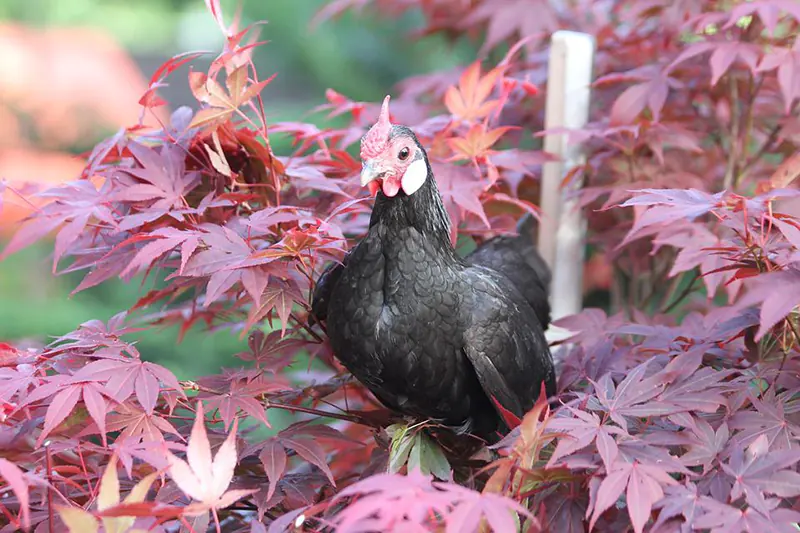Japanese Maple Fertilizer Guide
The Japanese maple, aka Acer palmatum, is famous for its fiery fall display of red and crimson colors. If you’re a proud owner of one, it will help that you know its proper care needs to keep it thriving all year round. For instance, if you fertilize it wrong and ignore the basics, you may jeopardize its health. Please continue reading below to learn the best fertilizing practices for a healthy and vibrant Japanese maple tree.
Type of Fertilizer and Soil
When you start feeding your tree, you should aim to maintain a consistent low fertility level instead of heavy feeding. Don’t apply high nitrogen levels to the soil to a developed tree. It’s healthier for Japanese maples to grow at a moderate speed. A large amount of nitrogen can result in fast growth, weakening the plant.
When choosing a type of fertilizer, it’s a good practice to use a controlled-release organic fertilizer. If you’re using slow-release pellets, don’t scatter them on the soil surface as that could cause sporadic releases. Instead, dig small holes in the soil around the tree’s trunk and bury the pellets into them. Refill the holes with soil and water. As the tree grows, you can increase the amount of fertilizer. Using fertilizer spikes is also a good option. Avoid using a liquid fertilizer unless you’re establishing a new tree. Once established, it’s best to avoid liquid fertilizers as they cause the trees to grow instantly, harming them.
Remember, overfertilization or fertilizing a newly planted tree can cause damage to the roots. Most commercial fertilizers consist of three main components: nitrogen, phosphorus, and potassium. It’s the nitrogen in them that stimulates vigorous growth in plants. Lawn fertilizers usually contain a high nitrogen level as the grasses grow quickly and are pruned or mowed often. But you can’t use the same fertilizer on a Japanese maple as it’s a slow-growing plant. Knowing this will help you better choose the fertilizer type for your tree, if and when needed.
You need well-draining soil for an Acer palmatum. Avoid wet and clayey soil. It also needs partial sun, i.e., some sun in the morning followed by afternoon shade. Excess sunlight and strong winds can damage the tree. It likes rich topsoil high in organic matter. A moderately acidic to neutral soil, ranging from 6 to 7 on a pH scale, is ideal for Japanese maples. Use a soil testing kit or pH tester probe to test the pH level of your soil and adjust it, if necessary. Lower pH levels suggest acidic soil, while the contrary suggests alkaline soil. To raise the pH level, add limestone pellets, and to lower the pH level, add sulfur, chelated iron, or aluminum sulfate to the soil.
If your tree gets the most suitable soil, you may not need to fertilize it.
When to Fertilize a Japanese Maple?
It’s important to apply fertilizer at the appropriate time. If you have a new tree, it’s a good idea to wait until its second growing season before you begin fertilization. Typically, if your tree is fully developed, it won’t require frequent fertilizing due to the Japanese maple’s extensive root system. To find out if your tree needs feeding, you should watch its annual growth pattern.
If the twigs haven’t grown more than 6 inches in a year and the leaves are smaller, it’s best to use fertilizer. Another sign that warrants fertilization is dropping all the foliage before autumn. Japanese maples are known to change the leaf colors during the growing season. In other trees, yellowing of foliage is a sign of nutrient deficiency, but it’s a normal pattern for Acer palmatums. It helps to feed the Japanese maple in late winter or after the last freeze in spring.
To conclude, Japanese maples aren’t heavy feeders, and you should only use fertilizer if it shows the signs, as mentioned above. If your tree is healthy and you have the perfect quality of soil, you don’t need to feed it with nutrients as this tree tends to grow slowly.







